Jenny Speck, an energy tax credit-focused lawyer at Vinson & Elkins, says one thing is certain: everyone in the clean energy industry is busy right now.
To help narrow the scope of the conversation—especially with the residential solar tax credit winding down—the discussion began with the assumption that Speck’s firm likely only works with large-scale projects. As it turns out, that’s not the case.
Vinson & Elkins, Speck says, works with residential solar as well as utility-scale solar, wind, and traditional energy storage. That includes high-profile projects such as a recent Texan 57 MW / 114 MWh Energy Vault facility. The firm also works on geothermal, non-lithium battery chemistries, emerging technologies, and hydrogen.
On the topic of hydrogen, Speck pointed to a curious outcome of the legislative process that created the “One Big Beautiful Bill”: hydrogen equipment can currently be procured without triggering Foreign Entity of Concern (FEOC) restrictions. That’s because, for now, hydrogen projects are excluded from FEOC-related limitations.
However, Speck was quick to clarify that FEOC is not just about hardware sourcing. “FEOC is about influence and control,” she said. “Think of FEOC like an onion:” multilayered, complex, and depending on your role in the transaction, liable to bring a sting to your eyes.
Even with solar tax credits set to expire in two years, and the eye-watering work of navigating FEOC just beginning, Speck said there’s still plenty of opportunity:
We were never concerned about a full [Inflation Reduction Act] repeal, but we knew some techs would be restricted more than others. Battery storage and other technologies have earned their seat at the table, which excites developers. We also have plenty of clients who Safe-Harbored solar before the end of 2024. Many are still working to understand how to Safe Harbor before the end of this year, and especially by July 4 of next year.
The U.S. Treasury Department has eliminated the 5% Safe Harbor rule for large projects, replacing it with a “construction start” standard. But what does that really mean? Can construction begin in a warehouse? We asked Speck to clarify.
She said yes, in some cases—but only under strict conditions. Construction must begin under a binding written contract that’s executed before any work starts, and the components must be custom-made, not pulled from inventory. To secure compliance, developers should establish a programmatic construction plan, complete with regular third-party inspections and detailed documentation of ongoing physical work.
Still, she emphasized that onsite physical construction remains the safest approach for meeting Safe Harbor requirements. And once the four-year Safe Harbor clock starts ticking, the project must be placed in service before it expires. Otherwise, it may be subject to additional scrutiny and validation.
Ground-mount solar tracker manufacturer GameChange Solar is positioning itself as a key partner for tax credit compliance, offering project-specific components and documentation support to help developers meet the new “physical work” rules.
We also asked: How painful could FEOC compliance become? And could the industry’s past experience with tracking polysilicon sources help?
Speck said that while helpful, it won’t be enough.
For tax credit buyers, FEOC applies now. Customers buying credits can be prohibited, so now the seller must diligence you. Buyers of tax credits are now making reps and warranties to ensure they’re not tied to prohibited entities. With the new FEOC rules, if you didn’t disclose a connection, buyers can’t come after you later. So now diligence is going both ways. We’re looking at ownership, debt, board control—lots of layers. Guidance is still pending, but Safe Harbors may help.
To clarify, FEOC rules don’t just apply to hardware procurement. Restrictions around sourcing more than 40% of components from a FEOC entity extend to finance, lenders, and banks as well.

One key area that still lacks clarity, Speck noted, is how to treat co-located projects. With so many technologies—particularly hydrogen and batteries—now being installed alongside wind and solar, overlapping start-of-construction rules and tax credit eligibility are increasingly difficult to navigate.
Mixing multiple technologies increases tax credit risk, especially around Safe Harbor thresholds, FEOC compliance, and offsite construction timelines. Even small contractors need to be aware of the 1.5 MW maximum size rule for applying the 5% Safe Harbor. According to Speck, it’s easy to accidentally trigger limits if you don’t understand how co-location affects eligibility.
This content is protected by copyright and may not be reused. If you want to cooperate with us and would like to reuse some of our content, please contact: editors@pv-magazine.com.
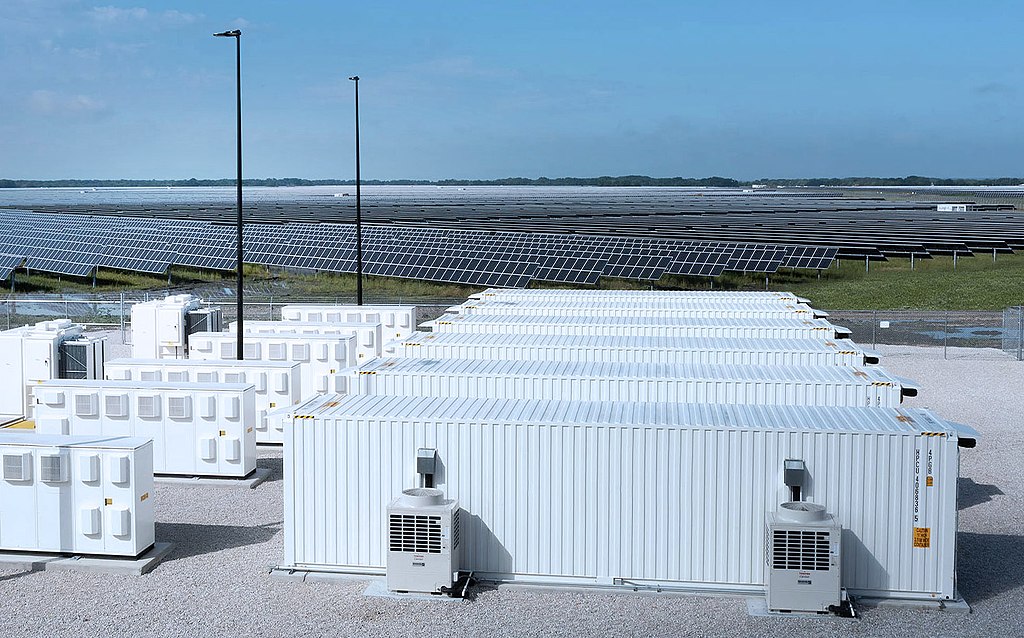
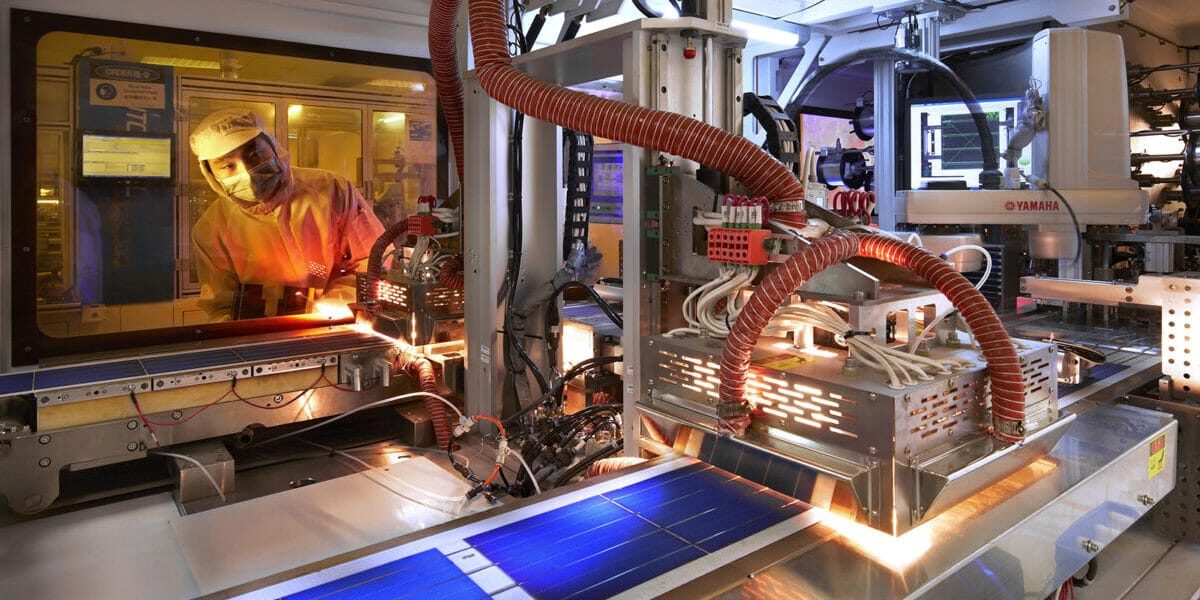

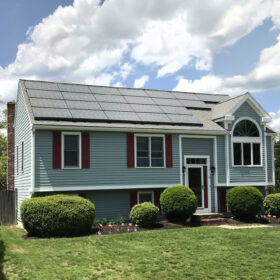
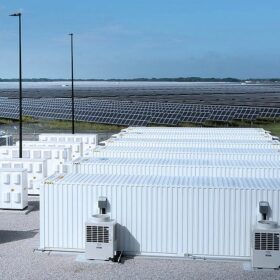

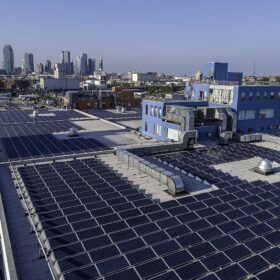

By submitting this form you agree to pv magazine using your data for the purposes of publishing your comment.
Your personal data will only be disclosed or otherwise transmitted to third parties for the purposes of spam filtering or if this is necessary for technical maintenance of the website. Any other transfer to third parties will not take place unless this is justified on the basis of applicable data protection regulations or if pv magazine is legally obliged to do so.
You may revoke this consent at any time with effect for the future, in which case your personal data will be deleted immediately. Otherwise, your data will be deleted if pv magazine has processed your request or the purpose of data storage is fulfilled.
Further information on data privacy can be found in our Data Protection Policy.